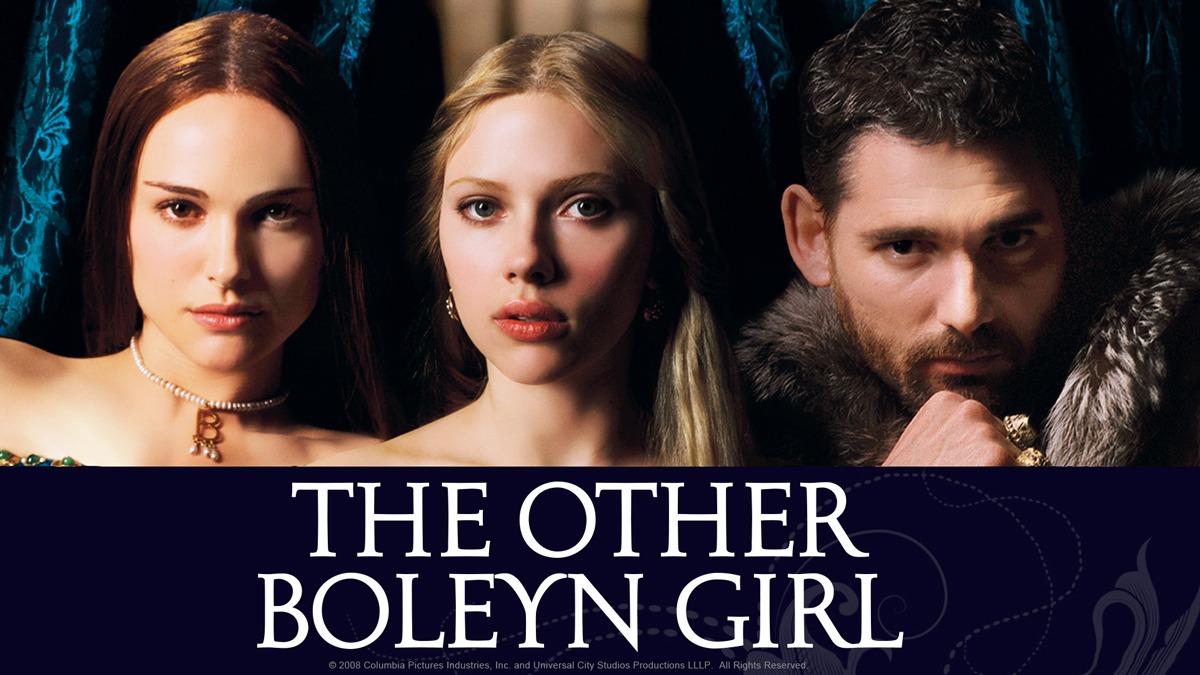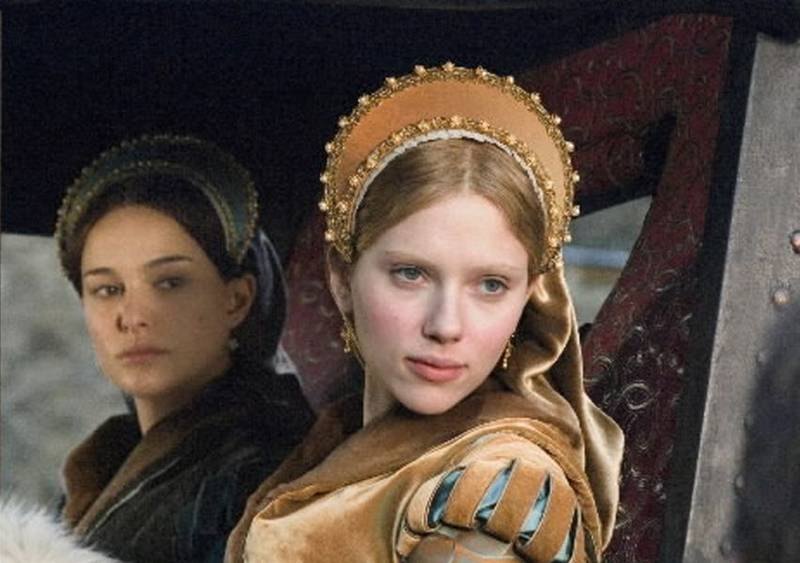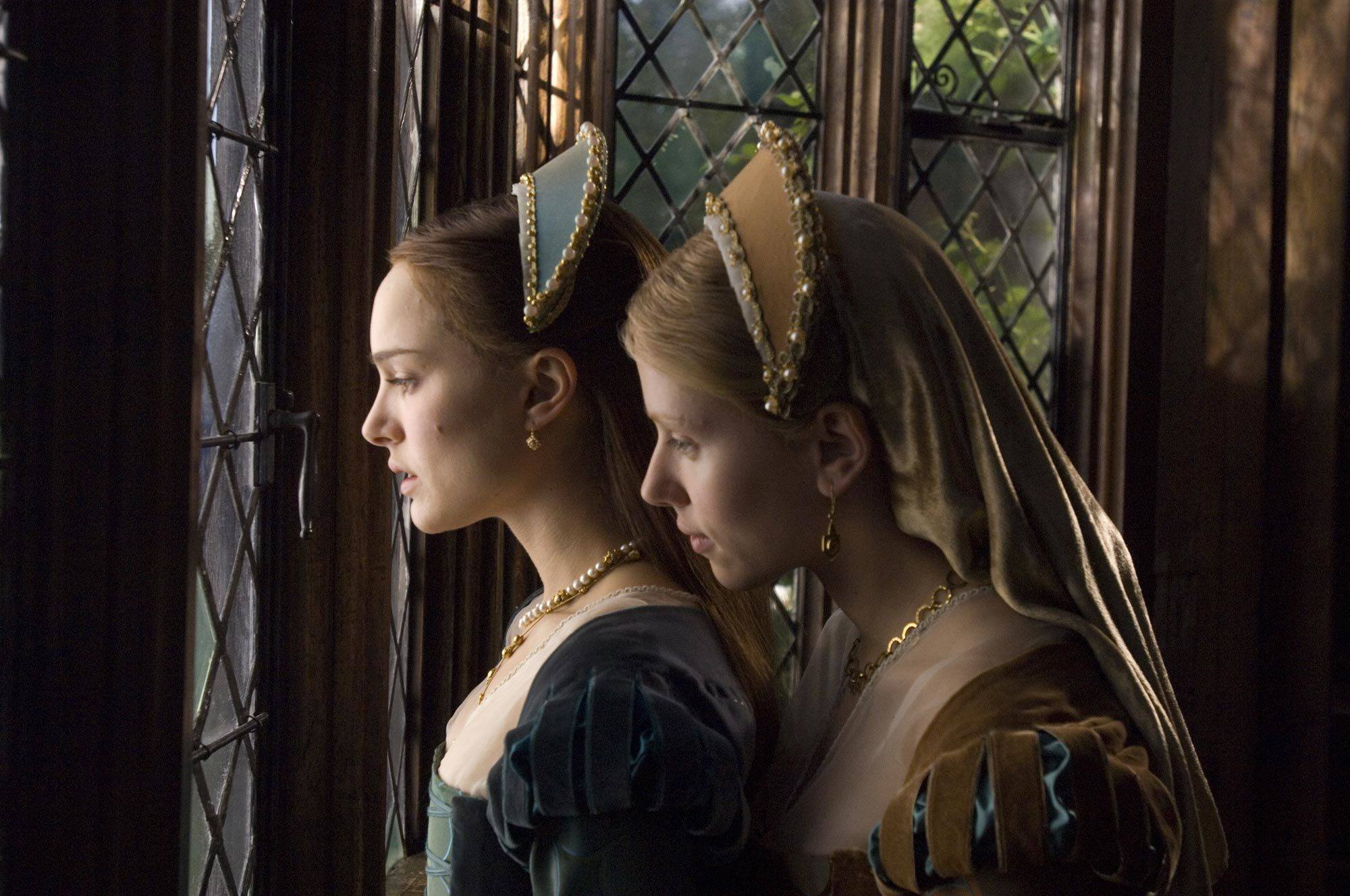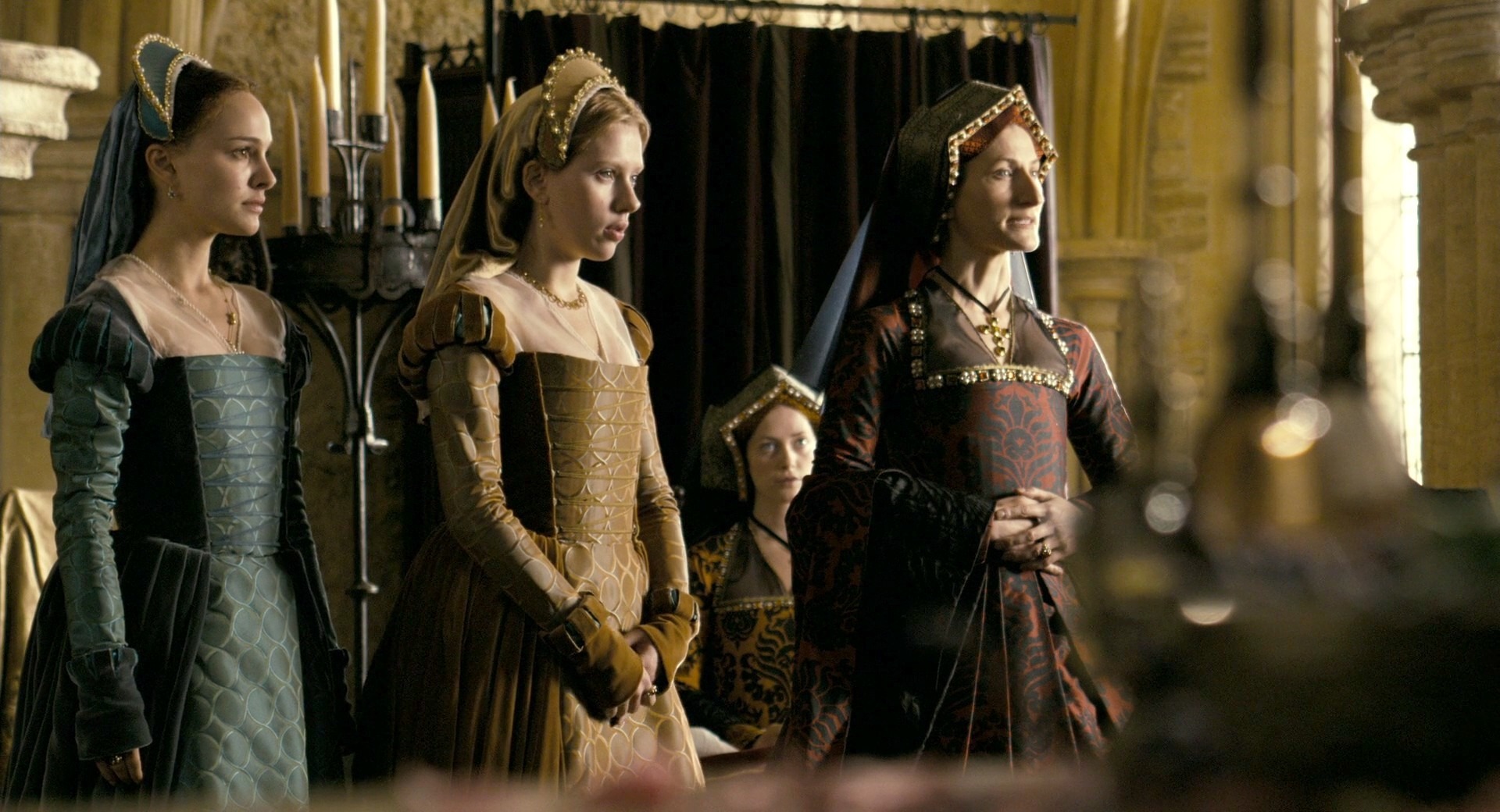The Other Boleyn Girl (2008)

The Other Boleyn Girl (2008) is a captivating historical drama directed by Justin Chadwick, based on the 2001 novel by Philippa Gregory. Set in the 16th century, the film explores the complex and often tumultuous lives of the Boleyn sisters—Mary and Anne—who find themselves entwined in the political intrigue and royal court of King Henry VIII. The movie delves into themes of ambition, family rivalry, and the sacrifices made for power and love. With a stellar cast including Natalie Portman as Anne Boleyn, Scarlett Johansson as Mary Boleyn, and Eric Bana as King Henry VIII, the film vividly portrays the rise and fall of these women in the unforgiving world of the Tudor monarchy.
The Other Boleyn Girl follows the journey of Mary Boleyn (Scarlett Johansson), who becomes the mistress of King Henry VIII (Eric Bana) in an effort to secure a position for her family at court. Initially, Mary is depicted as a more innocent, obedient woman, caught up in the court’s seductive power games. However, as the story progresses, her relationship with the king takes a backseat to her sister Anne’s (Natalie Portman) rise to power. Anne, driven by ambition and a desire for the throne, takes Mary’s place as the king’s mistress, ultimately becoming his second wife. The film explores the fierce rivalry between the two sisters as Anne’s ambitions grow, leading to her eventual downfall. The narrative touches on the political machinations, love triangles, and betrayals that defined the Boleyn family’s tragic fate.
At its core, The Other Boleyn Girl explores the destructive power of ambition and the lengths individuals will go to achieve their desires. Both Anne and Mary Boleyn are drawn into the orbit of Henry VIII, but their motivations differ. Mary, initially depicted as a passive figure, becomes increasingly aware of the manipulation surrounding her, realizing how little control she has over her own life. In contrast, Anne is ambitious, fiercely determined to claim the crown and secure her place in history, even if it means using her body and her beauty as tools for political gain. The rivalry between the sisters highlights the toxic nature of ambition within the royal court, where personal desires are often sacrificed for the sake of power and influence.
One of the film’s most compelling aspects is the relationship between the two Boleyn sisters, Mary and Anne. Despite their close familial bond, their rivalry intensifies as Anne’s ambition leads her to betray her sister. Initially, Mary’s relationship with King Henry is depicted as a more innocent, romantic affair, but as Anne steps into the picture, her sister’s manipulation and cold ambition overshadow Mary’s more passive existence. While Mary remains more emotionally invested in Henry, Anne seeks to rise above her, viewing her sister as a stepping stone in her quest for power. The film paints a poignant picture of the toll their rivalry takes on their relationship, exploring themes of betrayal, envy, and the sacrifices women make for their desires in a male-dominated society.

While The Other Boleyn Girl is based on real historical figures and events, it takes significant creative liberties for dramatic effect. The novel by Philippa Gregory, upon which the film is based, is a fictionalized account of the Boleyn sisters’ lives, and the film follows suit by dramatizing key moments in their story. For instance, the film suggests that Mary was initially Henry VIII’s mistress before Anne, though historical accounts vary on the exact nature of their relationships. Additionally, Anne’s rise to power and her eventual fall from grace are presented with a certain level of melodrama, with characters’ motivations sometimes exaggerated for cinematic impact. The film’s historical inaccuracies, though, do not detract from its entertainment value, as it succeeds in capturing the emotional and psychological turmoil of the characters involved in the complex drama of the Tudor court.

The performances in The Other Boleyn Girl are central to its emotional resonance. Natalie Portman, as Anne Boleyn, gives a captivating portrayal of a woman driven by ambition and power, but also plagued by insecurity and the constant need for approval. Portman skillfully navigates Anne’s complex emotions, showing her evolution from an ambitious young woman to a queen who ultimately falls victim to her own machinations. Scarlett Johansson’s portrayal of Mary Boleyn offers a quieter, more subdued character, whose emotional journey reflects the cost of living in her sister’s shadow. The chemistry between Portman and Johansson is palpable, and the contrast between their characters provides much of the film’s dramatic tension. Eric Bana’s performance as Henry VIII is equally strong, capturing the king’s volatile nature and the consequences of his insatiable desires.

In conclusion, The Other Boleyn Girl (2008) is a compelling historical drama that examines the destructive nature of ambition, love, and family loyalty within the context of the Tudor monarchy. Through its focus on the Boleyn sisters, the film offers a glimpse into the political and personal struggles of two women vying for power in a patriarchal society. The film’s strong performances, particularly by Natalie Portman and Scarlett Johansson, and its exploration of historical and emotional complexities make it a powerful narrative about ambition, betrayal, and the sacrifices made for love and survival. While it takes creative liberties with historical facts, The Other Boleyn Girl remains a fascinating and emotionally charged portrayal of one of history’s most notorious families, and it invites viewers to reflect on the costs of power and the lengths to which individuals will go to achieve their desires.











